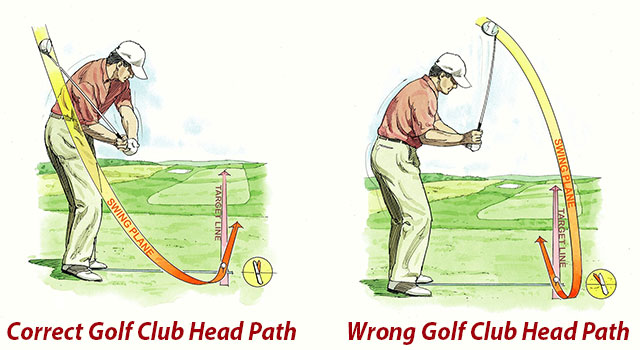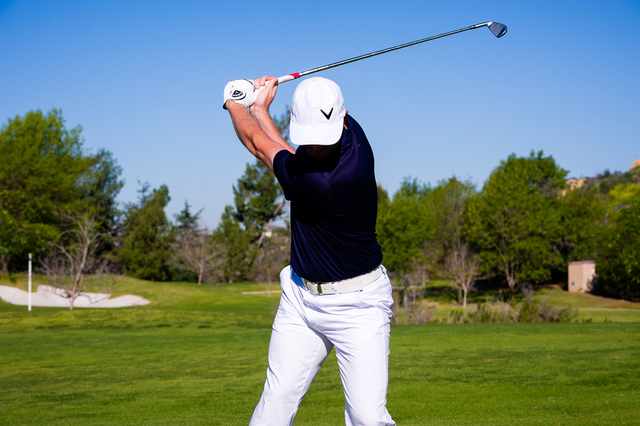Golf is a perennial source of frustration (and occasional joy) for those who play it. The constant yearning for increased power and greater accuracy leads players to try numerous technical drills and form alterations, constantly striving to find that ever-elusive consistent swing. These drills and form tweaks very often garner success, and a good swing coach is imperative to improving performance.
At times however, we need to step back and assess whether the changes we are trying to make to our swing are really getting to the root cause of our poor shots, or if we are trying to make our body do something it simply doesn’t want to, or can’t do.
The body intuitively chooses the path of least resistance. This is true in all human movement. In golf, the body has a goal. That goal is to address the golf ball with a neutral clubface and strike the ball in the centre of that face to produce a forward projection in a relatively straight manner. If somewhere along the backswing or downswing, there is an impediment to this motion, problems can arise with regard to:
- The power produced by the body
- The face of the club
- The path which the club takes to reach the ball
Whilst these faults are often the result of poor motor co-ordination or a misguided perception of what produces a good swing, they can also occur when the body finds a restriction in the swing, and chooses a way around it to get to the golf ball.
Let me give you an example. The right hip in golf (for a right handed player) plays an important roll in the golf swing. It determines the path of the club on the downswing. For a drive, the hips should translate and rotate towards the target, so that the torso, arms and hands can follow through on the plane, meeting minimal resistance. If for whatever reason, a player cannot translate their pelvis forward, and rotate to the left, this will mean that the path has not been cleared for the arms to move through, resulting in an “over the top” swing path. This can commonly lead to a fairly severe slice, as the player instinctively tries to get the club heading back towards the target, only to cut across the ball from the right to left (or out to in).

This is just one example of a myriad of potential joint and muscle restrictions that can impede a full and fluid swing. It’s no coincidence that the top golfers in the world all exhibit wonderful flexibility in the hips, lumbar spine, thoracic spine, and shoulders. Your Osteopath can assist you in gaining full muscular and joint range of motion to ensure that your technical faults are not brought on by mechanical restrictions. Whether you’re a green young amateur or seasoned veteran, remember that there is always an opportunity for you to better your performance by improving movement and flexibility.
A number of Osteopaths at Melbourne Osteopathy Sports Injury Centre have experience treating golfers at the elite level including:
- Dr Aidan Sianidis: Osteopath for the Ladies PGA Tour 2015.
- Dr Shane Buntman: Head Osteopath on the Ladies British Golf Open 2008/09.
- Dr Jessica Fetterplace: Osteopath for the Ladies European Golf Tour in Wales 2009.
If you would like to speak to Dr David Sokoloff or one of our other practitioners about improving your golf swing or any other health queries, please feel free to ask a question, contact us or email us at:
info@

